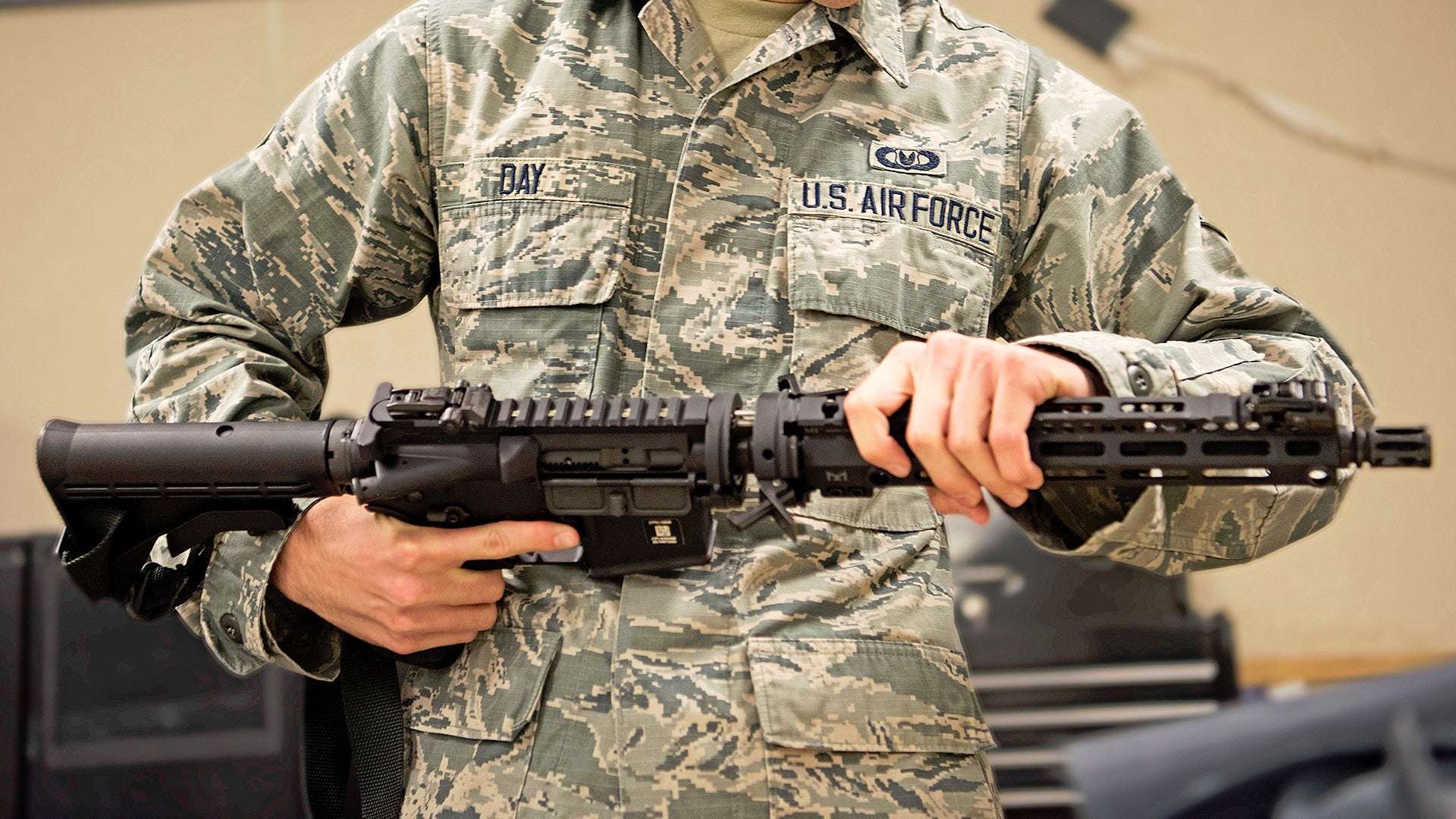The U.S. Air Force is now issuing new survival rifles, also known as the GAU-5/A Aircrew Self Defense Weapon, to at least some units. So we’re now beginning to get a better look at the gun, a variant of the AR-15/M16 pattern design, which has specialized features so it can break apart and fit compactly into the standard survival kit in an aviator’s ejection seat.
On May 9, 2019, the public affairs office for the 366th Fighter Wing, which flies F-15E Strike Eagles from Mountain Home Air Force Base in Idaho, published a news item showing that the GAU-5/As are in service with its aircraft. In April 2019, a Facebook post showed that F-22 Raptor pilots with the 3rd Wing at Joint Base Elmendorf-Richardson in Alaska had also begun to fly with the Aircrew Self Defense Weapons (ASDW). In June 2018, the Air Force had revealed it was converting standard 5.56x45mm M4 carbines in-house to the new configuration at a rate of 100 per week, with a goal of producing 2,100 guns for distribution to combat-coded squadrons flying both fighter jets and bombers.
“Thank you 673 SFS [Security Forces Squadron] for showing our F-22 leaders the new GAU-5,” U.S. Air Force Colonel Robert Davis, head of 3rd Wing, wrote in a post on the unit’s official Facebook page on Apr. 23, 2019. “That will increase the firepower of our pilots if they ever have to eject over enemy territory!”
The main difference between the ASDW and its M4 cousin is the redesign of the upper receiver to include a specialized locking system from Cry Havoc Tactical. With this lock in place, a user can attach or detach the barrel assembly from the rest of the gun without special tools. The North Carolina-headquartered firm says that, with proper training, a shooter can put the weapon together and be ready to fire within 60 seconds.
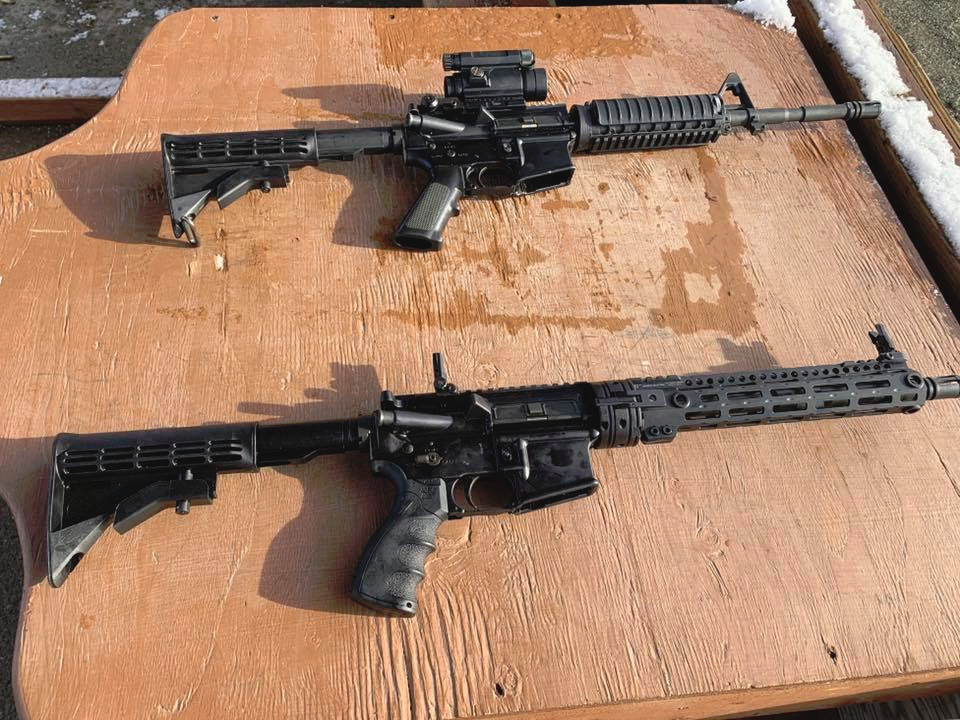
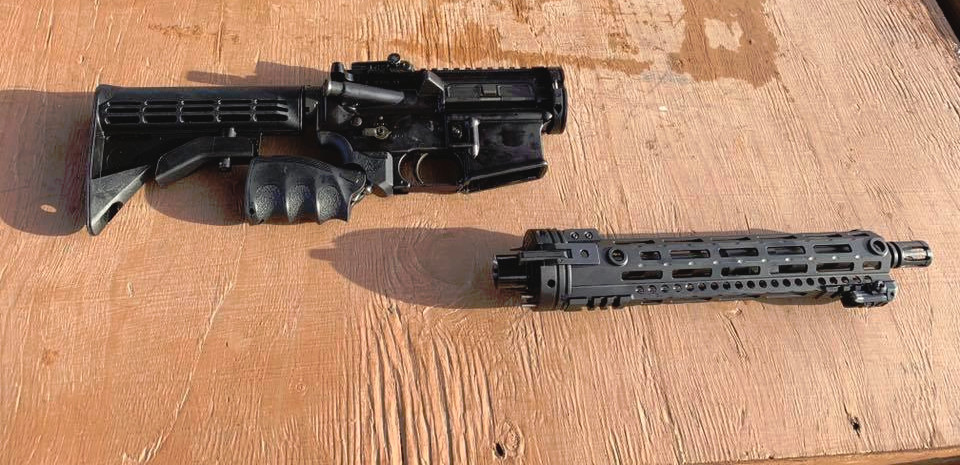
Pictures the Air Force has now released of the final ASDW configuration show that it also has a pistol grip that folds to the rear to make the lower receiver slimmer in order to fit better inside the survival kit. The gun also has folding iron sights to reduce its overall height.
This all helps the gun fit snugly into the rest of the aircrew survival kit that goes under an Air Force pilot’s ejection seat. The complete kit weighs less than 40 pounds and also includes signal flares, a flashlight, a medical kit, survival tools, and a life raft.
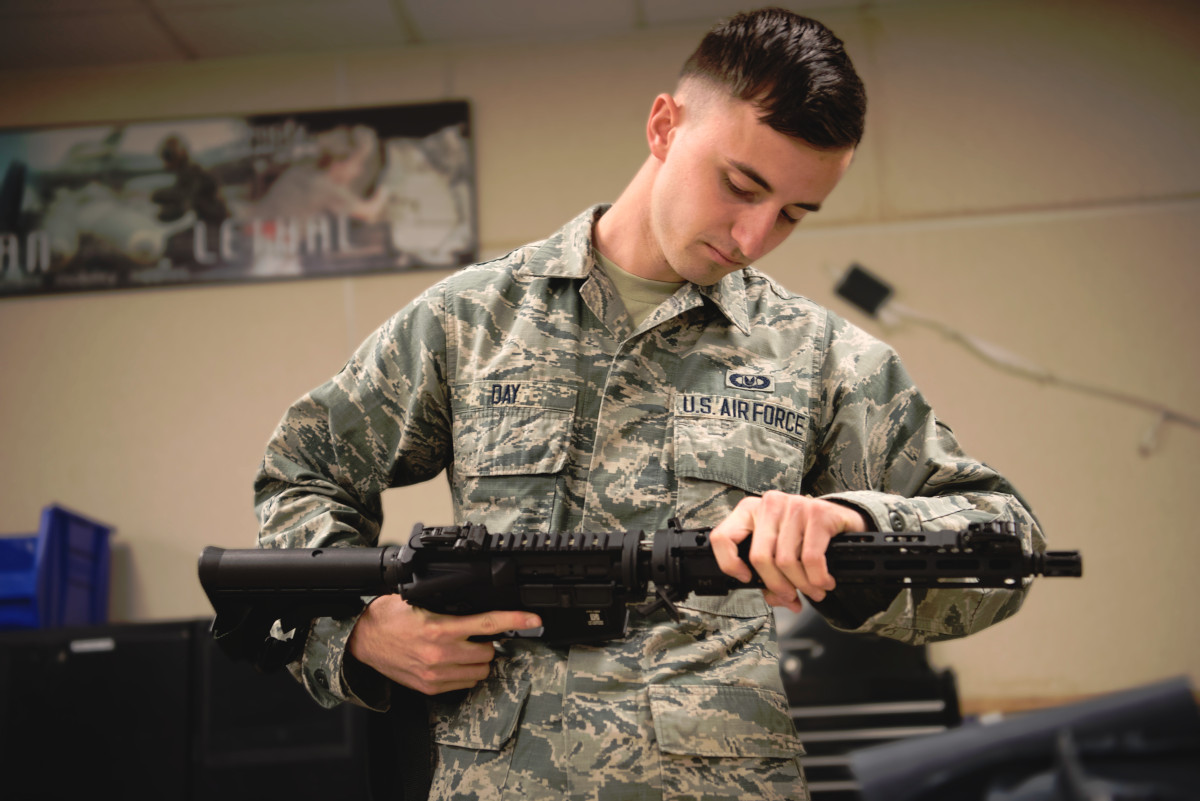
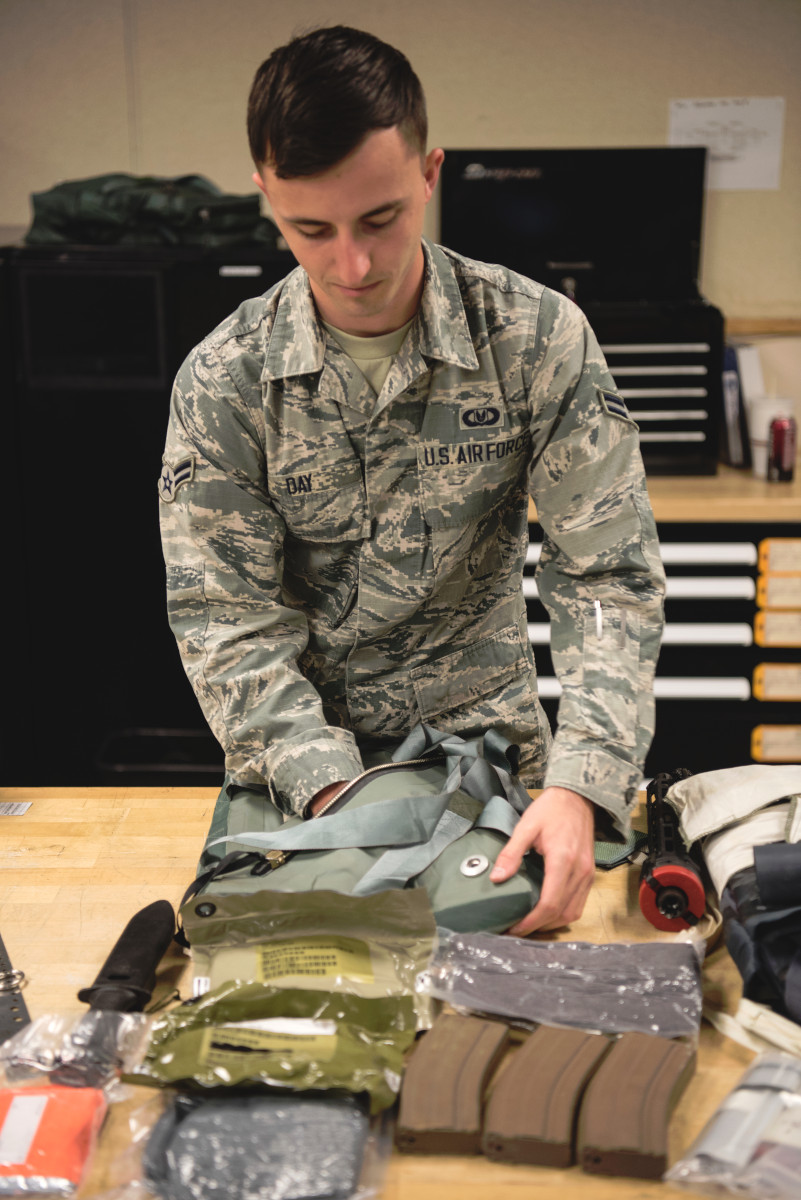
Otherwise, the Air Force designed the ASDW so that it would be functionally identical to the M4 in its assembled form and use the same magazines. It has the same 14.5-inch overall barrel length, the same retractable buttstock, and the same general controls, such as the safety selector, magazine release, and charging handle. It also uses the same “direct impingement” operating system as the M4, which uses siphoned off propelling gas from firing the weapon to directly cycle the action.
Sharing features and components with the existing M4 will certainly help with ease training and logistical requirements. Converting them from existing carbines could have offered a cost-saving alternative to buying entirely new guns, too. These factors seem to have influenced the development of the gun from start, which apparently began with a requirement from F-15E pilots out of Mountain Home.
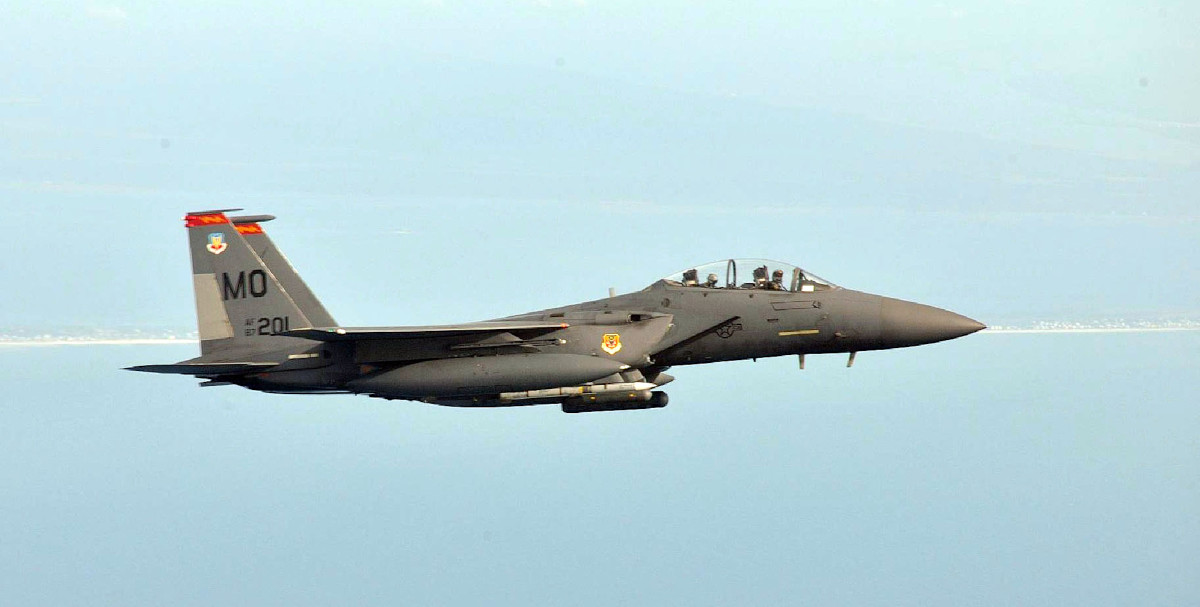
Heavily engaged in Iraq and Syria, the Strike Eagle pilots had demanded some sort of additional firepower over their 9mm M9 Beretta pistols in the event they had to bail out after witnessing what happened to Jordanian Air Force pilot Moaz Al Kasasbeh in December 2014. ISIS terrorists had quickly captured Al Kasasbeh after he crashed and they subsequently burned him alive in January 2015.
Notably, after this incident, the Dutch Air Force began issuing its fighter pilots flying the Middle East a 9mm machine pistol to improve their ability to defend themselves. After Al Kasasbeh’s murder, the U.S. Air Force initially began inserting modified Vietnam War-era AR-15/M16 variants into survival kits. These guns are also confusingly known as the GAU-5/A, but have shorter barrels than the M4.
“The weapon we ended up using was a GAU-5 because we already had it in the Air Force armory. We took what we had in the inventory, cut the barrel off at the iron sights and disassembled the upper and lower and put it in the seat kit, and it barely fit,” U.S. Air Force Technical Sergeant Paul Daggett, a Survival, Evasion, Resistance and Escape (SERE) specialist at Mountain Home, said in an official interview in 2017. “Now you have a weapon with a better range that can keep him alive 3-4 hours for any kind of recovery to get in. So all the F-15s are flying with those in theatre and we’ve had contact from Germans, Australians, the Brits and they’re trying to copy our program that we initially started right here, so that’s pretty cool.”
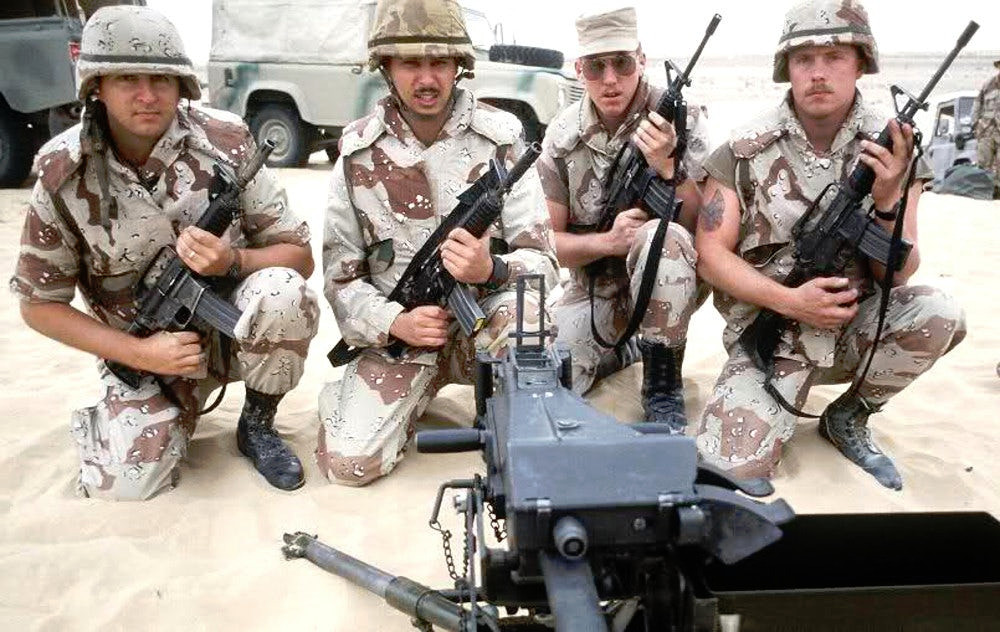
The final decision to use a modified M4 design still seems curious in many ways, especially for such a relatively limited issue weapon. As noted, the Dutch settled on a very compact 9mm machine pistol for this role.
If there were concerns about armor penetration, there are a number of purpose-built compact personal defense weapons on the market, such as the FN P90 or Heckler and Koch MP7, which are already in service with the U.S. Secret Service and the U.S. Navy SEALs, respectively. The guns also use smaller, lighter ammunition than the 5.56x45mm cartridge, which would be a valuable feature when working within space and weight restrictions. Another alternative might have been to go with a compact version of the AR-15/M16 family, or a derivative thereof, using a specialized cartridge, such as .300 Blackout, to maximize performance with a shorter barrel.
But the final GAU-5/A configuration does offer certain benefits over those weapons, including the already noted training and logistical commonality with the M4. That it retains the same 14.5-inch barrel length means that it has better range than a personal defense weapon and offers better armor penetration at appreciable distances compared to a compact pistol-caliber submachine gun.
Whatever the exact reasoning behind the GAU-5/A’s selection was, increasingly more Air Force combat jet pilots are definitely now flying knowing that they’re sitting on additional firepower over their sidearms should they need it in a worst-case scenario.
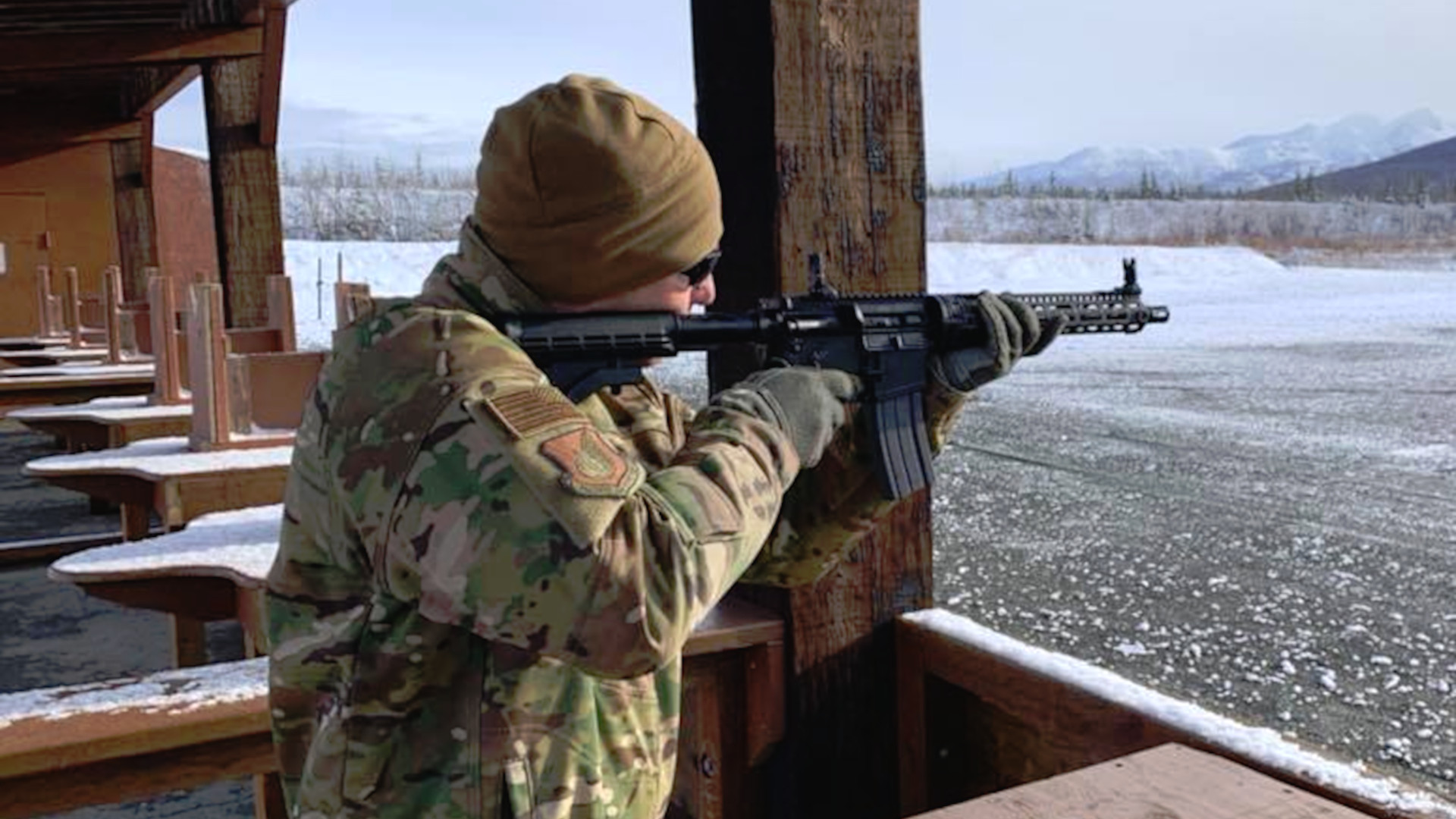
Contact the author: jtrevithickpr@gmail.com
